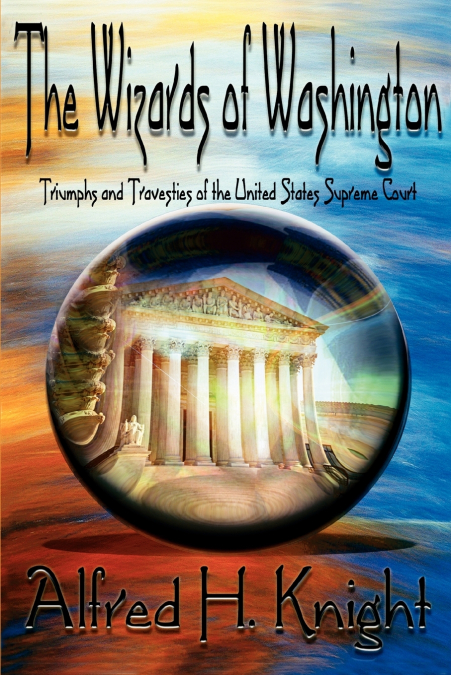
Alfred H Knight
The United States Supreme Court was created in 1787 by the drafters of the Constitution almost as an afterthought, and it did very little in its early years. It soon turned out, however, that the Founders had wrought far, far greater than they knew. They had created a tribunal of Philosopher Kings. Surprisingly non-rigorous processes selected The Justices who inhabit these pages, and many have been barely suitable, or outright unsuitable for the job. For every creative, elemental force like Justice John Marshall there were many who did not belong on the Court, such as Justice Charles Whitaker who wept because he couldn’t make up his mind about the cases he was called upon to decide. Most were, of course, competent enough to do their jobs more or less acceptably. And that has been the hallmark of our government institutions-do things well enough for respectable survival, perform brilliantly if possible when history demands, and correct your disasters with the benefit of hindsight when God gives you the opportunity. If the stories in this book seem familiar, there is a reason. The Supreme Court is an intensely human institution, and we all know what that is about.